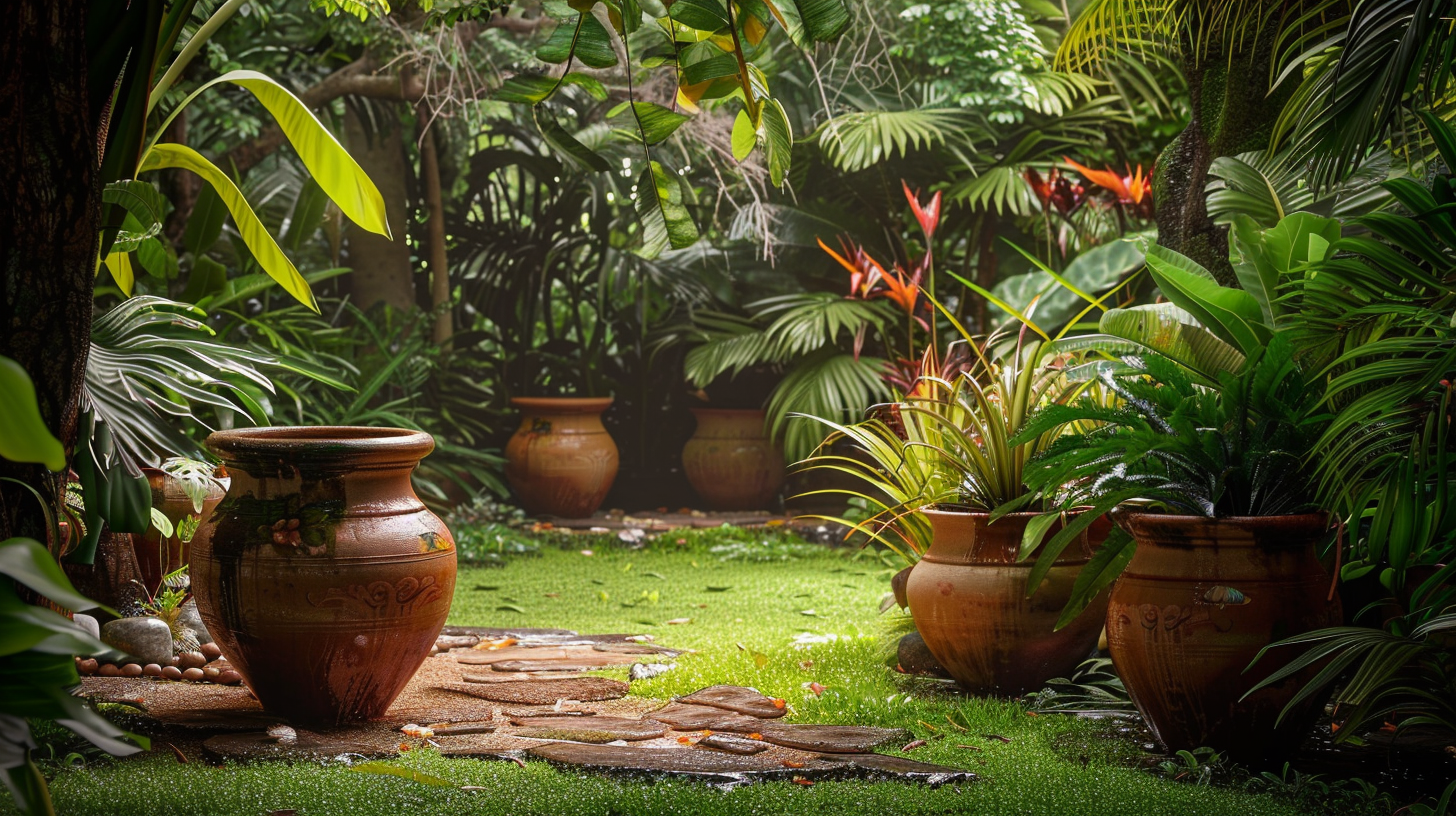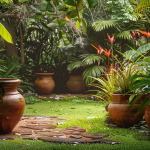Transform your garden into a sustainable oasis with olla pots. These ingenious clay vessels ensure consistent moisture for your plants, reducing the need for frequent watering. By embracing eco-friendly and efficient irrigation methods, you’ll not only promote healthy growth but also conserve precious water. Dive into the benefits, installation tips, and inspiring success stories to see how olla pots can revolutionize your gardening approach.
Benefits of using Olla pots
Here are the keys benefits of using olla pots.
Avez-vous vu cela : Discover free and customizable 2025 excel calendars today
Consistent moisture for plants
Olla pots provide a reliable source of moisture for plants by gradually releasing water through their porous walls. This ensures that the soil remains consistently moist, which is crucial for plant health, especially during dry spells or extreme temperatures.
Reduced watering frequency
One of the major advantages of using olla pots is the reduced need for frequent watering. Once filled, an olla can autonomously water plants for up to 7-9 days, depending on its size and the surrounding soil conditions. This makes it an excellent solution for busy gardeners or those in arid regions.
A lire aussi : What's the Impact of Smart Appliances on UK Household Energy Consumption?
Eco-friendly and sustainable irrigation
Olla pots are an eco-friendly irrigation system that helps conserve water. By delivering water directly to the plant roots, they minimise evaporation and runoff, making them a sustainable choice for permaculture gardens and other sustainable gardening practices. Additionally, their use of natural materials like terracotta aligns with environmentally conscious gardening methods.
Installation and maintenance of olla pots
To succeed on installing olla pots in your garden, you need to follow certains steps.
Steps to install Olla pots
To install an olla pot, first, dig a hole deep enough to bury the pot up to its neck. Place the olla in the hole and backfill with soil, ensuring it is firmly seated. Fill the olla with water and cover it with its lid to prevent evaporation and contamination. This setup allows the pot to release water directly to plant roots.
Tips for maintaining ollas
Regularly check the water level in your olla pots, refilling them as needed. Clean the pots periodically to prevent clogging and algae buildup. If using homemade ollas, inspect for cracks and seal them to ensure efficient water delivery.
Choosing the right size for your garden
Select the olla size based on your garden’s needs. Larger ollas are ideal for extensive gardens or areas with high water demand. For smaller gardens or container plants, opt for smaller ollas. This tailored approach helps you personalize your garden with olla pots effectively.
Practical tips and success stories
Some pratical tips for an effective use of olla pots and comparison of olla pots with other irrigation methods.
Practical tips for effective use
To maximise the efficacy of olla pots, position them near the root zones of your plants. This ensures optimal water distribution. In sandy soils, increase the number of ollas to maintain consistent moisture. For thirsty plants like tomatoes, use larger ollas or place multiple smaller ones close together.
Success stories from gardeners
Many gardeners have reported significant success with olla pots. One gardener from Arizona noted a 50% reduction in water usage and healthier plant growth during scorching summers. In France, a permaculture enthusiast found that ollas kept their herb garden thriving with minimal maintenance, even during droughts.
Comparing Olla pots with other irrigation methods
Compared to drip irrigation, olla pots offer a more eco-friendly and low-maintenance solution. While drip systems can clog and require regular checks, ollas need only periodic refilling and occasional cleaning. This makes them ideal for sustainable gardening and water conservation practices.











